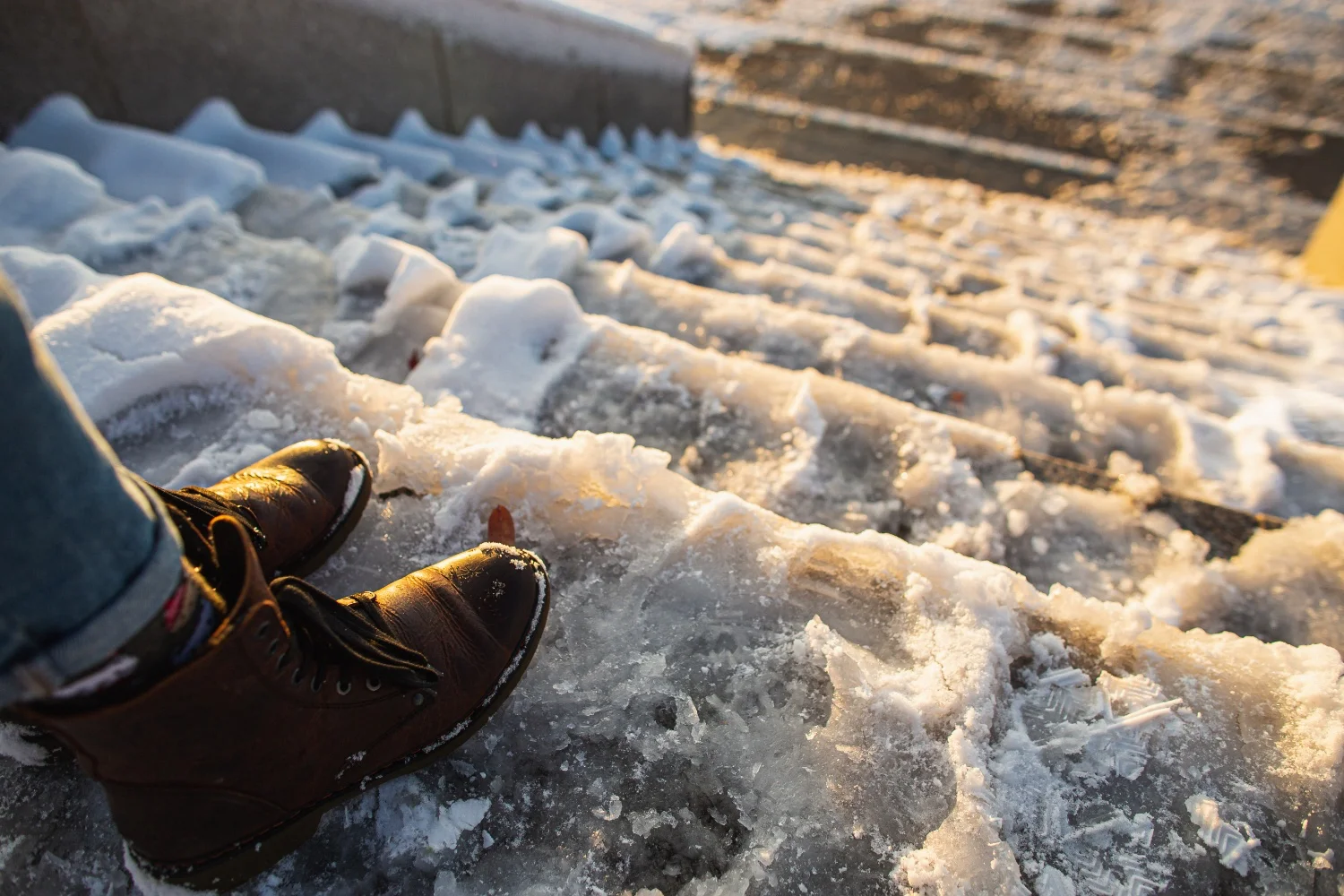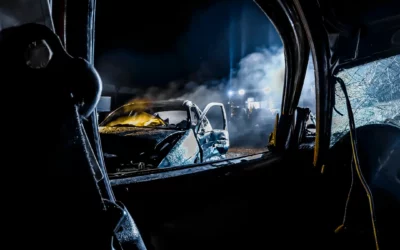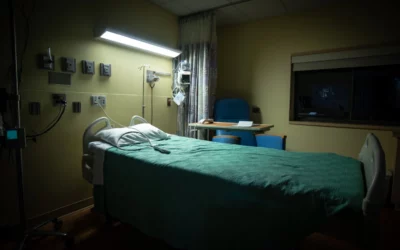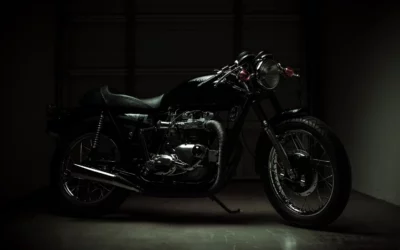slip and fall Cases
If you have been involved in a slip and fall accident, you know the injuries can be severe. They often involve head trauma, concussions, contusions, lower back injuries, lumbar injuries, and broken arms, among others. These injuries are not only painful but can dramatically affect your day-to-day life, especially if they require surgical intervention. The medical bills can be substantial and can put significant financial pressure on your family.
It can be hard, but you will recover and figure out how to move on with your life. But doing it is much more difficult if a third-party’s negligence caused your slip and fall accident, especially if you were seriously injured in the fall.
If a third-party person, company, business, or employer caused or contributed to your slip and fall accident, you may be entitled to a significant amount of compensation. Under Utah law, you have the right to make the responsible parties pay for your damages. Outlined below are some of the considerations related to slip and fall claims in Utah.
what is a slip and fall under Utah law?
A slip and fall accident occurs when a person slips or trips on a dangerous condition on someone else’s property as a result of a third-party’s negligent actions or inactions. Slip and fall or trip and fall accidents can happen in friend’s or family’s homes, public sidewalks, public streets, shopping malls, grocery stores, retail stores, the workplace, restaurants, bars or in any other third-party location where people interact. Some of these slip and fall and trip and fall accidents are nobody’s fault. Many, however, are the fault of third-party property owners or lessees who acted negligently.
Slip and fall and trip and fall laws differ from state to state. Each state, has laws in place to allow someone injured in a slip and fall or trip and fall to pursue damages if the fall is the result of a third-party’s negligence. Outlined below are important aspects of Utah’s slip and fall and trip and fall laws.
what do you have to prove to establish a slip and fall claim in Utah?
Slip and fall and trip and fall claims are negligence-based claims.
To establish negligence under Utah law, you have to prove: (1) that the property owner owed you a duty of care; (2) property owner breached that duty; (3) property owner’s breach of duty was the actual and proximate cause of plaintiff’s injury; and (4) plaintiff suffered damages as a result of defendant’s breach of duty.
Under the duty element, property owners are required to protect against dangerous conditions on their property and/or warn against such dangerous conditions. Property owners “owe significant duties to invitees who come onto their property—including affirmative duties to remedy or warn against dangerous conditions.”
Utah courts have held that dangerous conditions associated with slip and fall accidents fall into two categories. The first category “involves some unsafe condition of a permanent nature, such as[] in the structure of the building, or of a stairway, etc. or in equipment . . . or its manner of use, which was created or chosen by the defendant (or his agents), or for which he is responsible.” Under this category, “where the defendant either created the condition, or is responsible for it, he is deemed to know of the condition; and no further proof of notice is necessary.” The second category “involves some unsafe condition of a temporary nature, such as a slippery substance on the floor[,] and usually . . . it is not known how it got there.”
Big picture, you have to prove four things to succeed on your slip and fall claim in Utah.
- Notice of Unsafe Condition. The first thing you have to establish is that the property owner either created the dangerous condition or that the property had notice of a temporary unsafe condition. This means that a property owner will liable if it constructed dangerous stairs or a dangerous walkway. In the alternative, a property owner is liable if it had notice of a temporary unsafe condition like a spill on the floor of a supermarket or ice on a sidewalk. Many slip and fall cases hinge entirely on whether you can prove that the property owner had actual notice of the temporary dangerous condition on its property.
- Failure to Remedy Unsafe Condition. The second thing you have to establish is that the property owner had time to remedy the unsafe condition on its property but failed to do so. In some case, this can prove difficult. Imagine you slip on a wet substance on grocery store floor. You not only have to prove that the grocery store was aware of the spill, but that it had time to clean up the spill before you slipped on it. On the other hand, if ice has built up over several days on a sidewalk, you will have a much easier time establishing the failure to remedy prong of your claim.
- The Fall Caused Your Injuries. The third thing you have to prove is referred to as “causation.” This element requires you to establish that your slip and fall accident actually caused your injuries. This is known as proving that your injuries would have never have occurred “but for” the property owner’s negligence.
- Damages. The fourth thing you have to prove is that you actually sustained damages as a result of the slip and fall. This means that you suffered a physical injury and that you have corresponding medical bills. If you did not receive treatment for your injuries, it can be difficult to establish the damages portion of your claim. This is why it is important to immediately seek medical attention after a slip and fall accident. fall and are not injured. See below for a list of other types of potential damages associated with slip and fall cases in Utah.
what is the burden of proof for a Utah slip and fall claim
The burden of proof is different for criminal and civil lawsuits. In a criminal cases, the prosecutor must prove the defendant’s guilt “beyond a reasonable doubt.” This standard is a difficult one. On the other hand, in a civil lawsuit, the plaintiff must only prove the defendant’s negligence by a “preponderance of the evidence.” Under this standard, the plaintiff must only prove that it’s more likely than not that the defendant is responsible for the injury.
As a result, slip and fall and trip and fall claims in Utah are governed by the preponderance of the evidence standard.
who can bring a slip and fall lawsuit in Utah?
In Utah, the person injured in a slip and fall or trip and fall may bring a claim against the property owner, lessee or other third-party responsible for his or her injuries. In addition, if the person died as a result of the slip and fall or trip and fall, the decedent’s heirs may bring the claim, including his or her surviving spouse, surviving children, surviving parents, or surviving stepchildren in some case.
what types of damages are available in Utah slip and fall lawsuits?
A slip and fall or trip and fall lawsuit is a civil lawsuit. As in all civil cases, the property owner’s or lessee’s liability is solely financial, meaning that the Court can only award money damages for your injuries. Money justice is never full justice, but it is the only type of justice available in the civil system.
If you prevail in a slip and fall lawsuit, the court will order the defendant to pay you certain damages. Examples of these types of damages as follows:
- medical expenses
- past lost wages
- future lost wages
- loss of earning capacity
- loss of memory and impairment of mental power
- physical pain and suffering
- household services
- personal inconvenience
- permanent disability
- loss of bodily function
- disfigurement
In rare cases, the court can award punitive damages. Punitive damages are meant to punish the defendant’s intentional or reckless conduct in the hopes that it will defer such conduct in the future. Punitive damages are extraordinarily rare.
how long do you have to file a slip and fall lawsuit in Utah?
Like every state, Utah has time limits for filing slip and fall or trip and fall lawsuits. These time limits are referred to as statutes of limitation. If you do not file your claim within the relevant statute of limitations, you will lose the claim and be barred from recovering damages.
Under Utah law, a slip and fall or trip and fall lawsuit must be filed within four years from the date of the death or within one year of the date of the death if the claim is against a government entity (for example claims against a city or state agency).
the most common places for slip and fall accidents
Slip and fall and trip and fall accidents can happen anywhere. But studies have established the following locations are where most slip and fall and trip and fall accidents occur.
- Grocery Stores and Retail Stores. Grocery stores and other retails stores where food and drinks are sold are especially dangerous for slip and fall and trip and fall accidents. Liquids are frequently spilled and not timely cleaned up. Similarly, spilled food items are often left on the floor of grocery stores, gas stations, fast food locations, and other eateries, creating a dangerous condition for patrons. In many of these locations, customers also slip on floor mats and worn carpet surfaces.
- Stairs: Stairs can be dangerous. They can wear with time if not maintained well. When steps wear out, the stair treads may become worn or rounded, leading to increased risks of slipping. Worn out stairs can also have frayed, worn, frayed, crinkled or otherwise dangerous carpet. In addition, many stairs are not constructed according to code, including stair risers that are uneven and different heights; stairways without proper landing areas; stairs without hand-rails, and other defects. In addition, outdoor stairs can be particularly dangerous after rain or snowstorms.
- Escalators and Elevators: Escalators and elevators can pose significant hazards if they are not property maintained and operated. A poorly maintained escalator or elevator may stop or start suddenly or otherwise lurch, causing unsuspecting users to fall. In addition, escalators frequently catch pedestrian’s shoes and clothing.
- Parking Lots. Often, parking lots are not properly maintained. Asphalt may be old, revealing large cracks in the surface or even pot-holes. These types of conditions make parking lots especially susceptible to slip and fall and trip and fall accidents. In addition, poor parking lot lighting creates a dangerous condition for unsuspecting pedestrians.
- Sidewalks. Sidewalks are often in a state of disrepair with crumbling concrete or uneven surfaces. These defects contribute to large numbers of slip and fall and trip and fall accidents and can be extraordinarily dangerous.
- Workplace. A large number of slip and fall and trip and fall accidents occur at the workplace. Workers can slip on wet floors, work equipment, uneven floors, worn carpet, warn flooring surfaces, rugs, doormats, and loose handrails.
who is responsible for slip and falls in Utah?
As outlined above, a slip and fall or trip and fall claim must meet the same standards of proof as any other negligence claim. To establish that a person or entity is responsible for your slip and fall accident, you must prove that they failed to meet a legal duty as previously discussed. Outlined below are parties who are potentially responsible for Utah slip and fall accidents.
- Premises liability: Under Utah law, property owners are responsible for unsafe conditions on their property resulting in slip and fall and trip and fall accidents.
- Lessees. Under Utah law, a lessee of property is defined as a possessor of the property. The possessor of property, including lessees, are responsible for unsafe conditions on the property and may be held liable for slip and fall accidents on the leased premises.
- Homeowners. Like all property owners, homeowners are responsible for dangerous conditions on their property including dangerous walkways, driveways, stairs, and flooring. They may be held liable under Utah law for slip and fall and trip and fall accidents on their property.
- Workplace Slip and Falls: If an employee is injured in a slip and fall accident at work, worker’s compensation benefits cover his medical expenses and provide for limited damages. Worker’s compensation is generally the exclusive remedy against an employer for a slip and fall accident at work. That means that an employee is generally prohibited from suing an employer for damages under Utah law (assuming the employer had workers’ compensation insurance). In some cases, however, an employee may also be able to bring claims against third-parties in connection with a slip and fall accident, including maintenance companies, cleaning companies, flooring manufacturers and others.
- Maintenance and Cleaning Companies: Slip and fall accidents often occur because of improper maintenance of flooring surfaces or walkways. As a result, property maintenance and/or cleaning companies could potential be liable for a slip and fall accident under Utah law. Key factors in these cases are the scope of the maintenance and/or cleaning company’s contract and whether they had knowledge of the unsafe condition on the property.
- Product liability: Under Utah law, the manufacturer, designer, or distributor of flooring products may be held liable when a flooring product is defective and causes slip and fall injuries.
early steps by insurance companies in slip and fall lawsuits
Negligent parties in slip and fall lawsuits are usually defended by insurance companies. Because these cases may involve significant amounts of money, insurance companies and their lawyers go to great lengths to defend slip and fall and trip and fall claims in Utah.
They begin from the moment they receive a claim or report involving a Utah slip and fall or trip and fall. Outlined below are some of the tactics they employ.
- Recorded Statements. Insurance companies seek to obtain recorded statements as soon as they can from injured customers or pedestrians in slip and fall accidents. They often use deceptive questions and language to illicit responses from the interviewees to protect against liability.
- Surveillance Video. Surveillance video is often critical in slip and fall and trip and fall cases. Insurance companies will secure surveillance video immediately, especially if it looks promising for the defense.
- Early Inspections. Insurance companies usually become aware of slip and fall claims before the law firm representing the injured party. As a result, they have a head start. They use it by inspecting and investigating accident scenes, products, and other items of personal property involved in the slip and fall or trip and fall.
- Negotiation Tactics. Insurance companies are notorious for offering slip and fall or trip and fall victims small settlements before they hire an attorney. They do it in the hope of settling on the cheap and so that the slip and fall or trip and fall victim does not hire a lawyer. Do not accept a low-ball settlement offer from an insurance company for your slip and fall injuries.
how do defendants defend themselves in wrongful death lawsuits?
Insurance companies often refuse to settle Utah slip and fall claims without a lawsuit. They have deep pockets, but do not pay willingly. They know that slip and fall cases can be difficult to prove and that they can be costly for plaintiffs to pursue.
If a lawsuit is filed, insurance companies often employ many of the following defenses to slip and fall and trip and fall claims in Utah:
- No Duty: Defendants claim that they did not owe a duty of care to injured party. As an example, they may contend that the injured party was a trespasser or otherwise not authorized to be on the property. the decedent.
- No Breach: Defendants may contend that that they did not breach their duty. For example, a grocery store may produce sweep logs showing that its employees swept the floors in the entire supermarket every thirty minutes and, as a result, that it did not breach any duty to the injured party.
- Assumption of risk: Defendants may contend that the injured party was aware of the dangerous condition of the floor, sidewalk or roadway and accepted the risks that caused their injuries.
- No defect: Product manufacturers may contend that their flooring products are not defective, but that they have been tested to be safe.
- Apportionment: Defendants may contend that the injured party is partially to blame for his or her slip and fall or trip and fall accident, arguing that he or she was being careless or was distracted while walking or otherwise responsible for the fall.
- Damages: As outlined above, defendants may contend that the injured party was not actually injured in the fall or otherwise try to reduce the severity of his or her injuries.
Shane makes slip and fall defendants pay
Shane Gosdis has extensive experience in successfully resolving slip and fall and trip and fall cases in Utah. He often litigates slip and fall and trip and fall cases against Utah supermarkets, fast food chains, big box stores, homeowners, property owners, and cities. He represents injured people across Utah and has achieved significant results on their behalf. He does it by investing significant amounts of time and money to establish strong slip and fall cases. He hires experts, investigators, and consultants to establish the strongest case possible, including interviewing witnesses, inspecting floors, walkways, sidewalks, roads, and documenting accident scenes. He also does significant amounts of research to determine the proper defendants and uncover hidden insurance policies and assets.
Shane stays abreast of the latest advancements in slip and falls cases and relevant changes to Utah’s wrongful death laws through ongoing research and attending the latest seminars and courses and slip and fall accidents. He has significant experience appearing before Utah courts to fight slip and fall and trip and fall claims.
If you have lost a loved one to negligence in Salt Lake City, or any other Utah location, you need to retain a Utah wrongful death lawyer. You are entitled to compensation. Gosdis Law will help you recover it, including compensation for your past medical bills; future medical bills; past pain and suffering; future pain and suffering; emotional distress; loss of enjoyment of life; disfigurement; humiliation; past lost wages; and future lost wages. Call us today at (385) 240-2248; text message at (801) 200-1578; or e-mail s@gosdis.lawyer to schedule a free consultation with an experienced Utah wrongful death lawyer.




